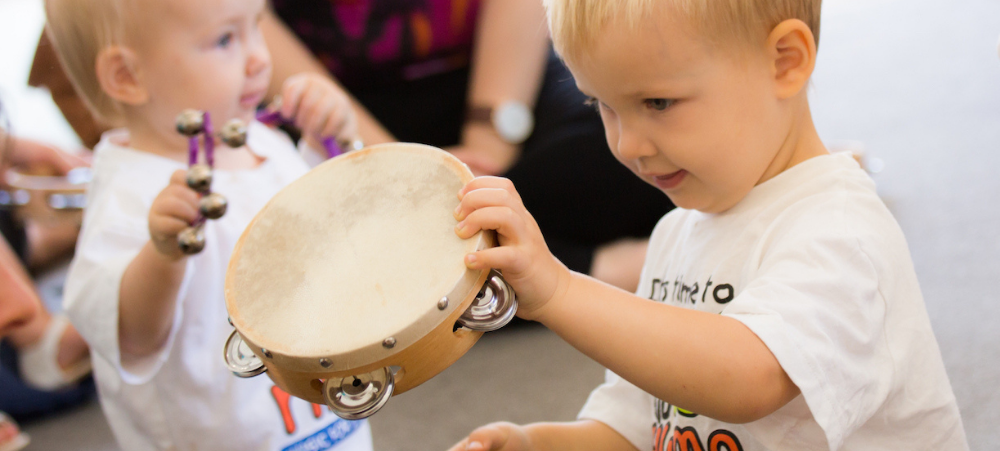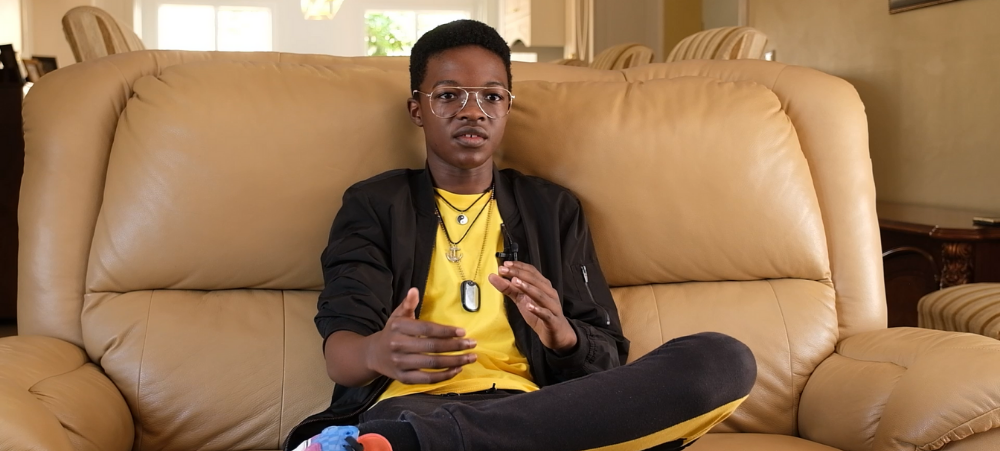
Problem Based Learning, why do we need this in schools today?
Researchers have been hypothesizing and theorizing about Problem Based Learning (PBL) for decades. It came to life in the mid 60s when a group of scientists and physicians all had a similarly negative view of their undergraduate degrees and felt they could find a better way to present it. They developed the notion that students will understand their work better if their learning is driven by open-ended problems that challenge their way of thinking. Today, universities across the world implement Problem Based Learning in their courses to encourage students to critically engage with their subject content. Few schools have, however, implemented this learning method and the question begs to be asked, why? With the shift in education from Teacher-centeredness to Learner-centeredness, today’s educational landscape is the ideal place to implement PBL. What does Problem Based Learning entail? Problem Based Learning is a method of learning where learners are presented with an open-ended problem and they must acquire the knowledge and skills necessary to solve it. It is necessary for the learners to first identify what skills will be needed to solve the problem and thereafter they must learn and use these skills to solve it. They move through a set sequence of in-context problems by acquiring the necessary skills and knowledge. The learners are guided by their learning material and assisted by teachers throughout. They work in small groups and are constantly learning from each other. Group members teach each other, rather than a teacher teaching the content at the front of the class. Why implement Problem Based Learning in schools? Since many universities have started implementing Problem Based Learning, it may seem unnecessary for schools to implement it as well. That is the exact reason why this method of learning should be more commonly implemented in schools: to prepare learners for their tertiary studies and careers. Learners already face a seemingly insurmountable task of adjusting to university life without having to struggle to adjust to new learning methods as well. Equipping learners with the skills needed to complete a university degree makes the likelihood of learners succeeding in these degrees much larger. Equipping learners with the skills they need to succeed in University and in their careers one day should be paramount to high schools across the world and it should precede content recitation. Some of the skills acquired through the PBL approach include: Flexible knowledge base: Problem Based Learning teaches learners the subject content in a way that moves beyond merely learning the facts of the subject. They are required to integrate the knowledge gathered from different subjects as well as from their own experiences. They have to use these skills and build upon them to solve the problems they are faced with. These skills and knowledge are organized around the deep principles in a subject. Learners use previous knowledge to evaluate the problem they are faced with and build upon this knowledge when they attempt to solve it. This means that their knowledge is continuously restructured and adjusted. This knowledge is not centred around one single point of reference and this grants learners the chance to adapt and apply it to many different scenarios. Problem-solving skills: In Problem Based Learning, learners are presented with a scenario and they must evaluate and formulate the problem by studying the facts of the scenario. This helps learners understand the problem better and they can start hypothesising possible solutions. Learners must then identify where they have gaps in their knowledge to solve the problem and acquire these skills through research. These reasoning strategies are fundamental in any problem-solving scenarios learners may be faced within their lives and studies ahead. It builds the meta-cognitive skills that allow learners to executively plan their problems and evaluate their progress and whether their goals have been met. Self-directed learning skills: Learners are forced to identify the gaps in their knowledge in Problem Based Learning. They must identify where they lack the skills necessary to solve the problem they are faced with and must then research these skills. They are required to evaluate and direct their learning themselves, with only the occasional guidance from their teacher. This wakes the natural curiosity in learners to find the answers and skills they are requiring. These self-directed learning skills become an intrinsic part of a learner’s studies and will stay with that learner through his/her life, motivating them to become life-long learners. The curiosity they learn through these problems motivates them to explore and this in turn intrinsically motivates them to learn. This is a crucial skill for the Fourth Industrial Revolution as the learners are internally motivated to discover and this is not a skill that can be replaced by a robot. They do not have to be instructed to study certain things, they will be motivated to do so on their own. Teamwork: To implement PBL effectively, learners must work in teams to solve the problems they are faced with. Learners must learn how to function as part of a team by establishing shared goals, resolving conflict situations, deciding on the actions the group should take and coming to an agreement on the plan of action. These are essential skills for any well-rounded learner that they must acquire for the innumerable tasks that they will have to complete through teamwork. By learning these skills early in life, they have a head start on many colleagues. Conclusion Problem Based Learning prepares learners for their future by equipping them with a flexible knowledge base, life-long learning skills, teamwork skills and self-directed learning skills. They will be able to adapt to life after school much better when they learn these skills early in life as universities and most careers require them to apply the skills every day. These skills are, furthermore, essential for the Fourth Industrial Revolution where artificial intelligence will replace the majority of tasks in the workforce. The intrinsic curiosity to learn will distinguish learners from the competition in the workplace one day, both human and artificial



































